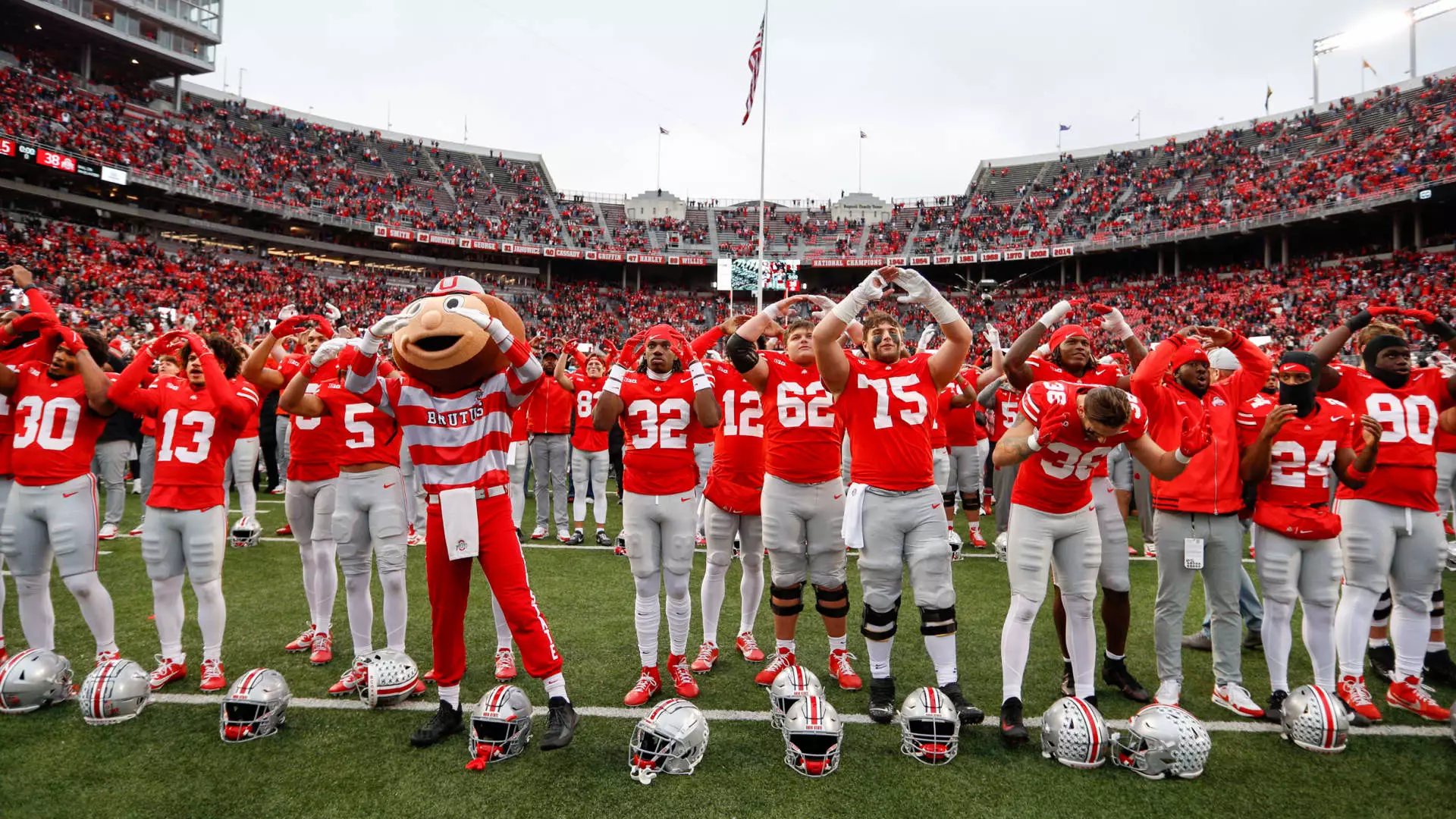In the contemporary landscape of college sports, financial dynamics have undergone a seismic shift. Major college athletic programs are no longer mere institutions of higher learning with sports teams; they have evolved into intricate enterprises driving billions of dollars in revenue annually. This lucrative market has attracted the attention of private investors eager to capitalize on the potential returns of these athletic powerhouses. The cornerstone of this newfound interest lies in a fundamental question: How do we assess the worth of a college sports program? Recent analysis by CNBC has ventured into this inquiry, shedding light on the financial viability of collegiate athletics and the factors influencing their valuation.
Decoding Program Valuations
The breadth and depth of the valuations made by CNBC are noteworthy. Their analysis focused on a specific cohort of institutions—those participating in the NCAA Football Bowl Subdivision (FBS)—while systematically excluding military academies. Their rationale is sound: FBS schools are typically where elite talent converges, backed by substantial financial infrastructure. The findings effectively reveal that Ohio State University naturally emerged as the standout leader in program valuation, with an astonishing worth of approximately $1.27 billion. The financial triumph of the Buckeyes—garnering $280 million in revenue in 2023 alone—complements an impressive alumni network of over 600,000 and a fervent fan base surpassing 11 million individuals.
Key Drivers of Athletic Program Revenue
Further dissection of Ohio State’s success reveals myriad factors contributing to its valuation. It’s not just revenue that paints the picture; access to a passionate fan base plays an equally critical role. Alumni contributions exceeded $60 million in the previous fiscal year, underlining the sustained loyalty and investment from former students. Additionally, the Buckeyes’ football fixtures, which frequently attract audiences over 100,000, further cement Ohio State’s position as a leader.
The broader trends suggest a clear hierarchy within college sports, with programs in power conferences such as the SEC (Southeastern Conference) and Big Ten commanding the most significant value. These conferences’ staggering media rights deals—averaging $832 million per SEC school and $734 million per Big Ten school—dramatically boost revenue streams and thus enhance program stature. In contrast, the lesser financial clout of the ACC (Atlantic Coast Conference) and Big 12 highlights disparities in revenue generation within collegiate athletics.
The methodology employed by CNBC to discern the rankings merits closer inspection. Valuations are based on an intricate analysis of multiple data points and financial indicators. The foundation rests on a core revenue multiple of four, which is adjusted according to numerous variables such as conference affiliation, estimated expenditures on Name, Image, and Likeness (NIL) agreements, university subsidies, and the size of the alumni network. This multifaceted approach allows for nuanced forecasting of a program’s revenue growth potential and profitability.
CNBC collaborated with Jason Belzer, a prominent name in the sports finance realm, whose expertise encompasses advising universities on NIL deals, to ensure rigorous data integrity. Belzer’s expansive database forms the backbone of the financial assessments, while additional insights from industry experts further refine the valuation process.
As private equity eyes this territory of collegiate athletics, the implications stretch far and wide. The increased financial scrutiny may compel institutions to rethink their management strategies and operational structures. Additionally, the ever-evolving landscape of NIL deals presents both challenges and opportunities that could reshape how college sports monetize their brands, potentially blurring the lines between amateur and professional athletics.
As the pursuit to value college sports programs continues, the confluence of data analysis, private equity interest, and evolving economic factors will undoubtedly shape the future of college athletics. The once predominantly sport-centered narratives now intertwine with financial prowess, bringing forth a realm where athletic programs are deeply embedded within the larger fabric of America’s economic landscape. As these institutions adapt to changing dynamics and revenue opportunities, the prospect of value maximization reigns supreme.

